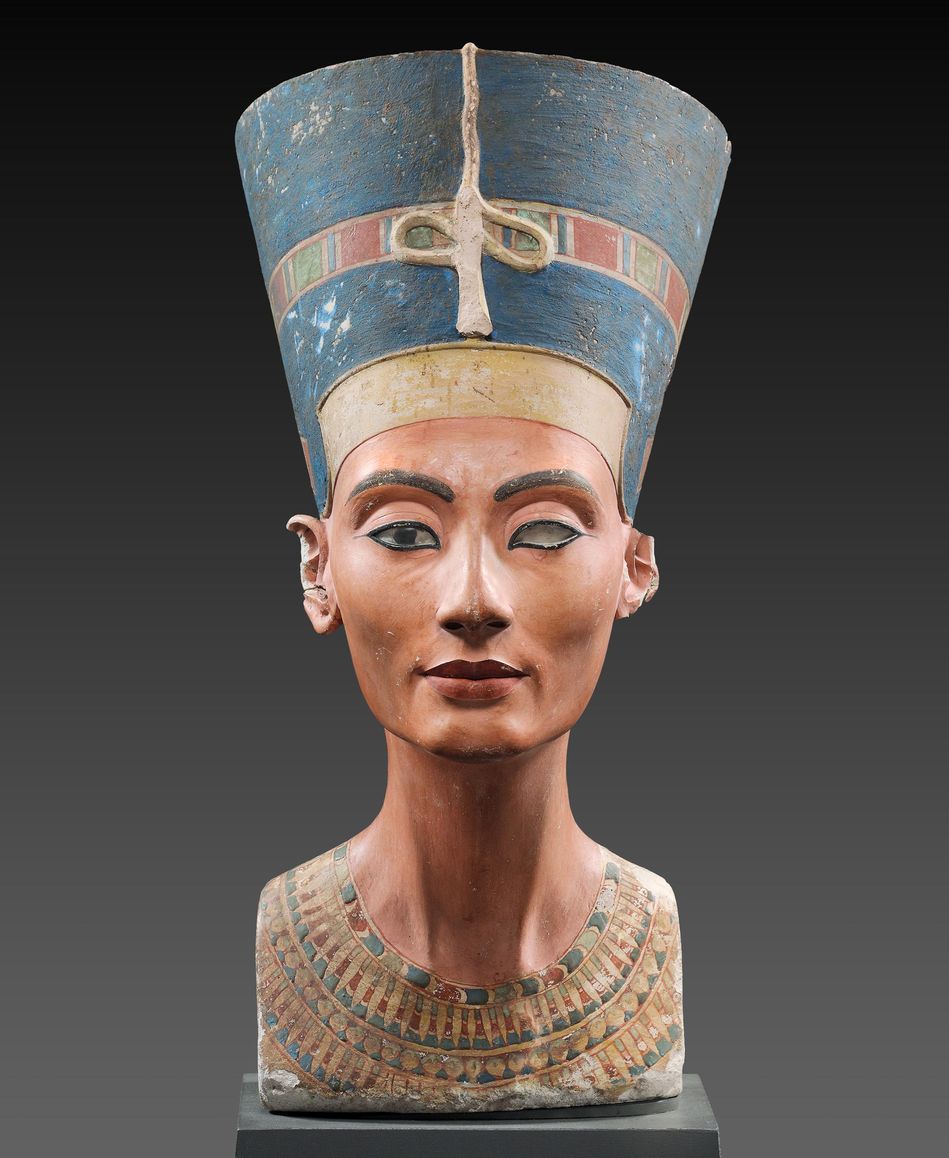
One of the cultural artifacts that denote the life of women in Ancient Egypt is the sculpture under the title Nefertiti Bust. It is a life-sized 47-cm high bust of the queen of Egypt, Nefertiti, who was pharaoh’s wife and lived in the 13th century BC (“The bust,” 2022). The artifact is currently displayed at the Egyptian Museum of Berlin. Due to the high social and political status of the queen, this cultural artifact might have served as a commemorative or burial attribute. Commonly, bust sculptures in Ancient Egypt were “assigned to the realm of private ancestor worship in the domestic sphere or in the context of burials” (“The bust,” para. 21). However, it indicates the high status that a woman could obtain in ancient Western civilizations, where she could perform as the head of a state.
The sculpture has a significant cultural and historical value due to its indication of the appraisal of the figure of Nefertiti by society. Moreover, in the context of history, this artifact is invaluable because it was preserved in a very good condition, allowing for examining the materials ad techniques used meticulously to create this masterpiece. The professionals working on the artifact noted that the paint looked as if freshly applied. Therefore, apart from the cultural and historical importance, the bust has an artistic value as a fine example of sculpturing mastery. It might be relevant to expand the discussion of this artifact in the context of women’s role in ancient Egyptian politics.
Reference
The bust. (2022). Web.